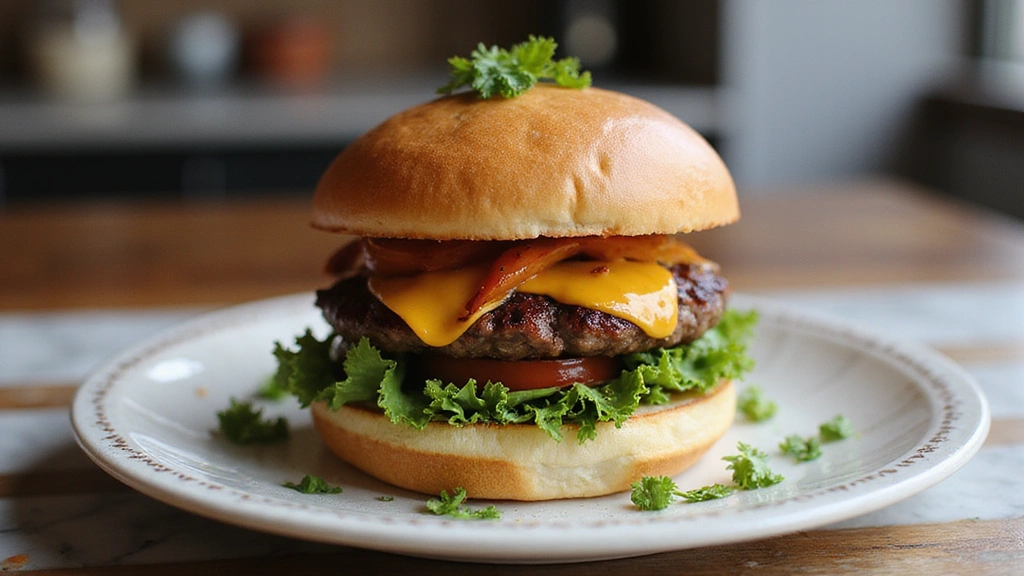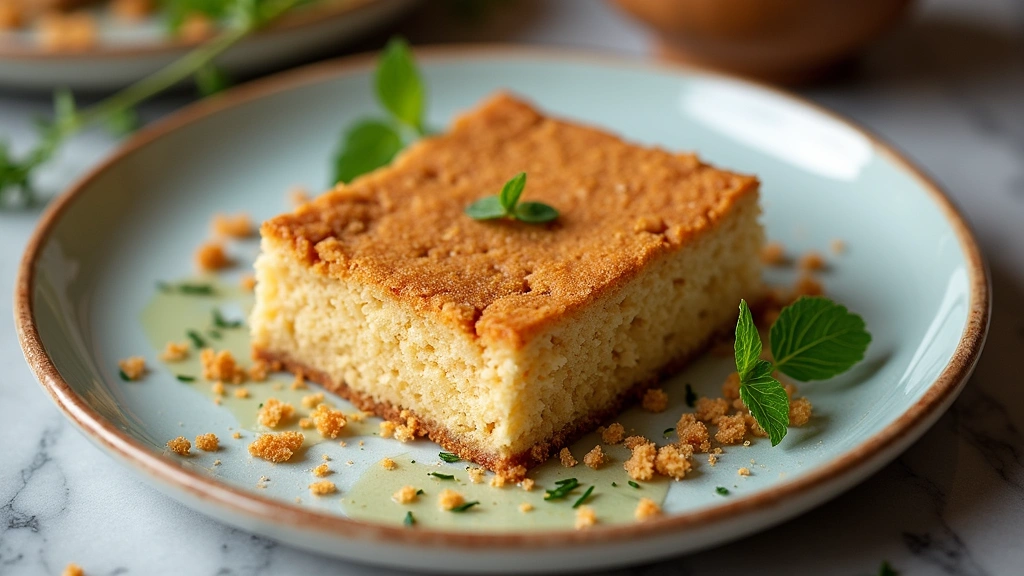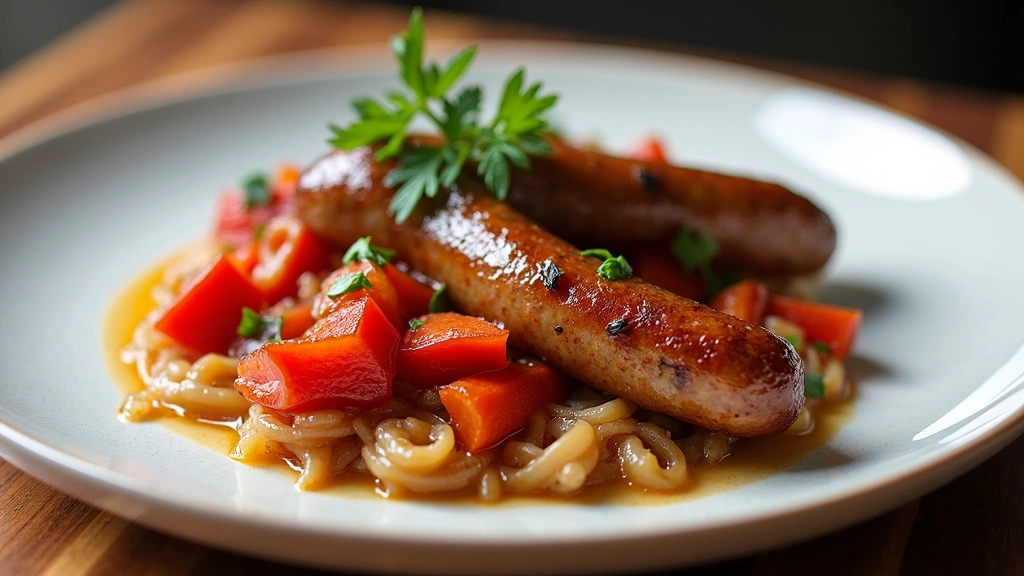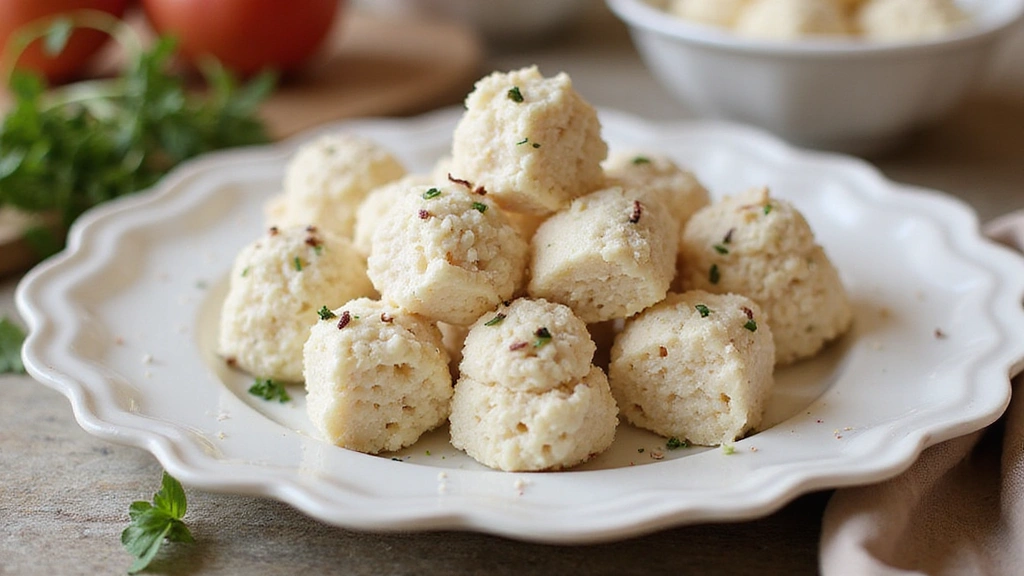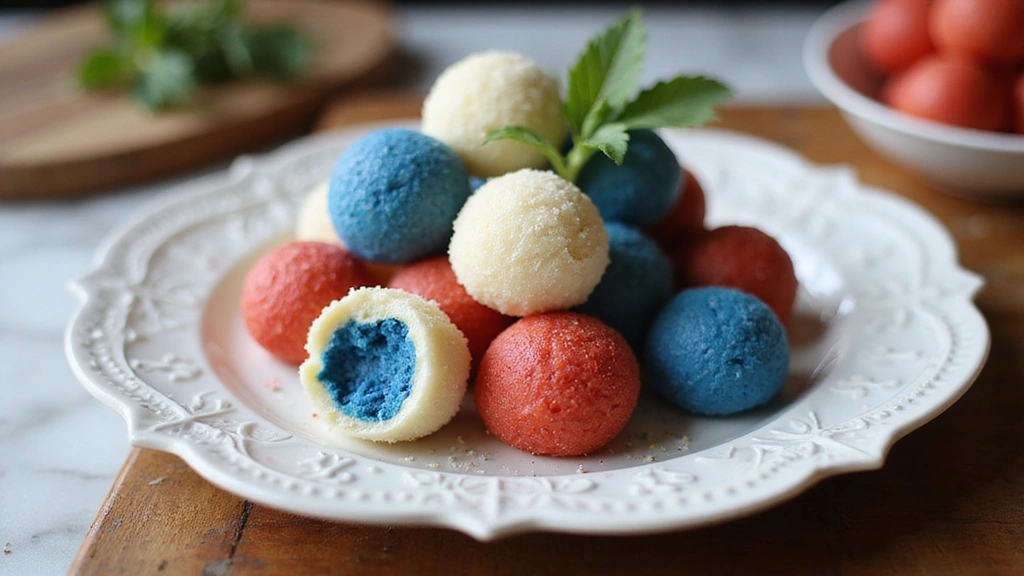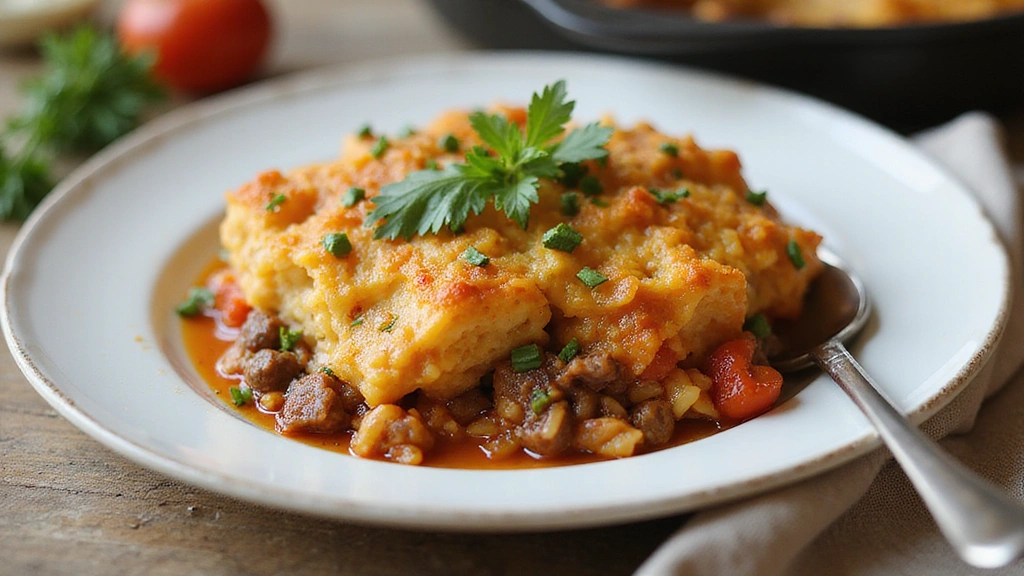Skip the Drive-Thru and discover the magic of the homemade Smash Burger, a dish that promises juicy, flavorful bites with every mouthful.
The crispy edges of the patty combined with a perfectly soft bun create a delightful contrast that’s hard to resist.
I stumbled upon this recipe while experimenting in my kitchen, aiming to replicate the flavors of my favorite burger joint without leaving home.
Whether you’re a burger aficionado or just looking for a quick yet satisfying meal, this Smash Burger recipe is sure to impress.
With minimal ingredients and straightforward techniques, you’ll find yourself opting out of the fast-food line in favor of a culinary adventure at home.
Contents
- The History and Cultural Significance
- Recipe Overview
- Nutritional Information (per serving)
- Essential Equipment Guide
- Ingredients
- Preparation Methods
- Step 1: Prepare Ingredients
- Step 2: Preheat Skillet
- Step 3: Shape the Patties
- Step 4: Smash the Patties
- Step 5: Cook the Patties
- Step 6: Add Cheese
- Step 7: Toast the Buns
- Step 8: Assemble the Burgers
- Critical Timing and Temperature Guide
- Pro Tips for Skip the Drive-Thru:
- Troubleshooting Common Issues
- Variations and Regional Differences
- Food Science Behind the Recipe
- Frequently Asked Questions
- Serving and Presentation Guide
The History and Cultural Significance
• The Smash Burger traces its origins to the Midwest, where it was originally created by short-order cooks in the mid-20th century.
• The dish evolved over decades as the technique of smashing patties on a hot griddle became popular, eventually becoming the beloved version we know today.
• In American culture, this dish traditionally appears at casual gatherings, symbolizing comfort and simplicity.
• While many variations exist across different regions, the authentic version maintains a thin, crispy patty that sets it apart from imitations.
Recipe Overview
Nutritional Information (per serving)
Essential Equipment Guide
Cast Iron Skillet: A heavy cast iron skillet is crucial for achieving the high, even heat needed to form a crispy crust on the burger patty. While a stainless steel pan can be used as an alternative, it may not retain heat as well.
Spatula: A sturdy metal spatula is important for smashing the patties and flipping them without losing the crust. Look for one with a sharp edge to easily slide under the patty.
Meat Thermometer: Ensures the burgers reach the perfect internal temperature without overcooking. While not strictly necessary, it can help avoid guesswork and ensure juicy results.
Ingredients
For the Patties
|
| Amount | Ingredient | Notes |
|---|---|---|
| 1 lb | ground beef (80/20) | for a perfect balance of juiciness and flavor |
| 1 teaspoon | salt | to enhance the natural beef flavor |
| 1/2 teaspoon | black pepper | freshly ground, for a mild kick |
For the Sauce
| Amount | Ingredient | Notes |
|---|---|---|
| 1/4 cup | mayonnaise | adds creaminess |
| 1 tablespoon | ketchup | for a hint of sweetness |
| 1 teaspoon | Dijon mustard | for tangy depth |
For Assembly
| Amount | Ingredient | Notes |
|---|---|---|
| 4 pieces | burger buns | lightly toasted |
| 4 slices | cheddar cheese | melted over patties |
| 1 cup | lettuce | shredded, for crunch |
| 1 large | tomato | sliced, for freshness |
Preparation Methods
Smashing Technique: This technique involves pressing the meat firmly onto a hot surface to create a crisp exterior while keeping the interior juicy. It’s crucial for achieving the signature Smash Burger texture. Use a spatula to press the patty down evenly.
Heat Management: Maintaining a high heat is key to forming a crust without overcooking. A cast iron skillet retains heat well, ensuring even cooking. Preheat the skillet thoroughly before adding the patties.
Layering Flavors: Building the burger with layers of sauce, cheese, and fresh toppings enhances the overall flavor profile. Ensure each component is evenly distributed to maximize taste in every bite.
Step 1: Prepare Ingredients
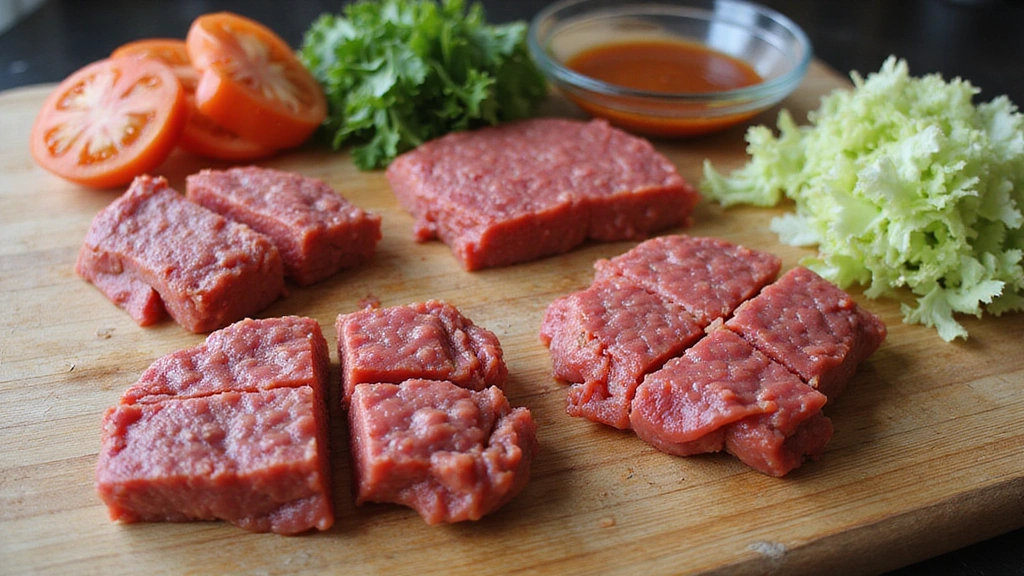
Gather all ingredients and equipment.
Measure out the ground beef into four equal portions.
Slice the tomato and shred the lettuce.
Mix all sauce ingredients in a small bowl until smooth.
Step 2: Preheat Skillet
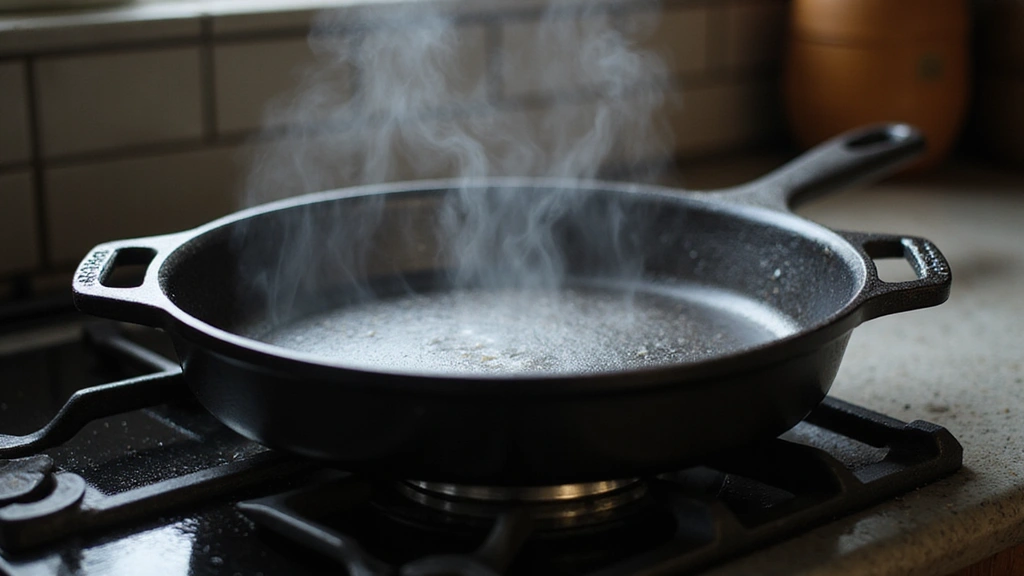
Place the cast iron skillet on the stove over high heat.
Allow it to heat for about 5 minutes until it reaches a high temperature.
The skillet should be hot enough that water droplets sizzle upon contact.
This ensures a perfect sear on the patties.
Step 3: Shape the Patties
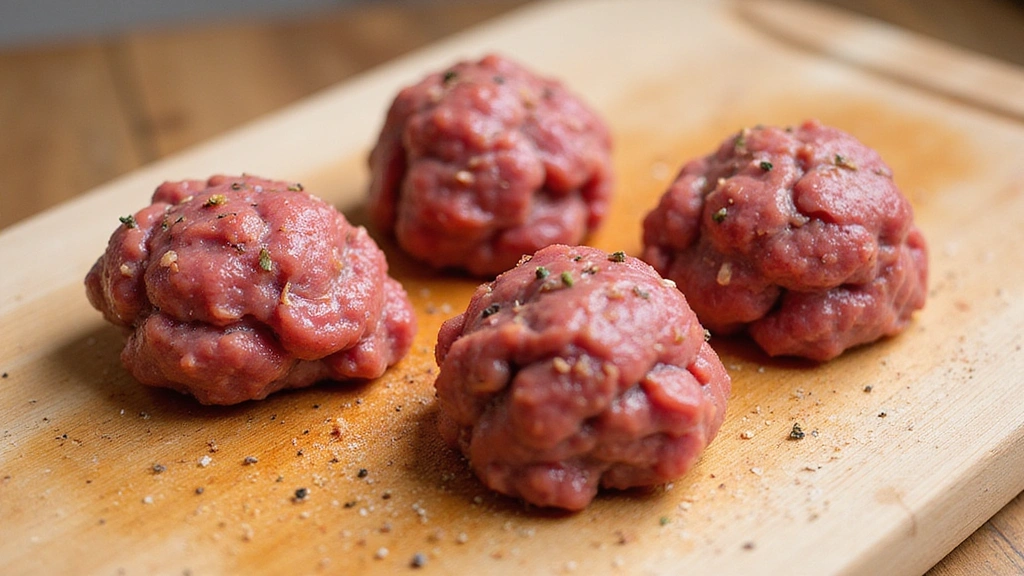
Lightly shape each beef portion into a ball.
Avoid compressing too tightly to retain juiciness.
Sprinkle each with salt and pepper evenly.
This step prepares them for the smashing process.
Step 4: Smash the Patties
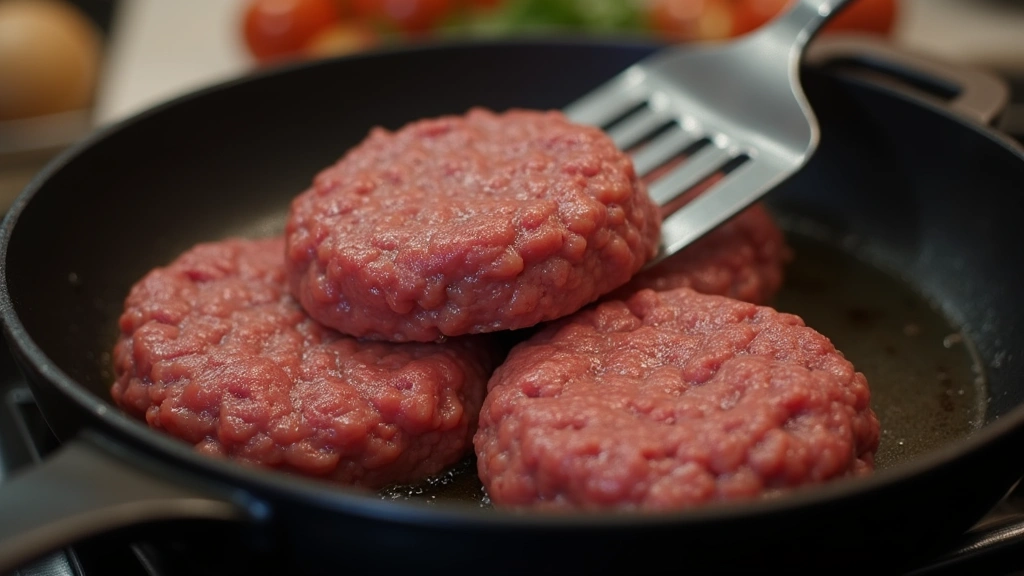
Place a beef ball in the hot skillet.
Use a spatula to press it down firmly, spreading it into a thin patty.
Hold for about 10 seconds to ensure a good sear.
Repeat with remaining beef balls.
Step 5: Cook the Patties
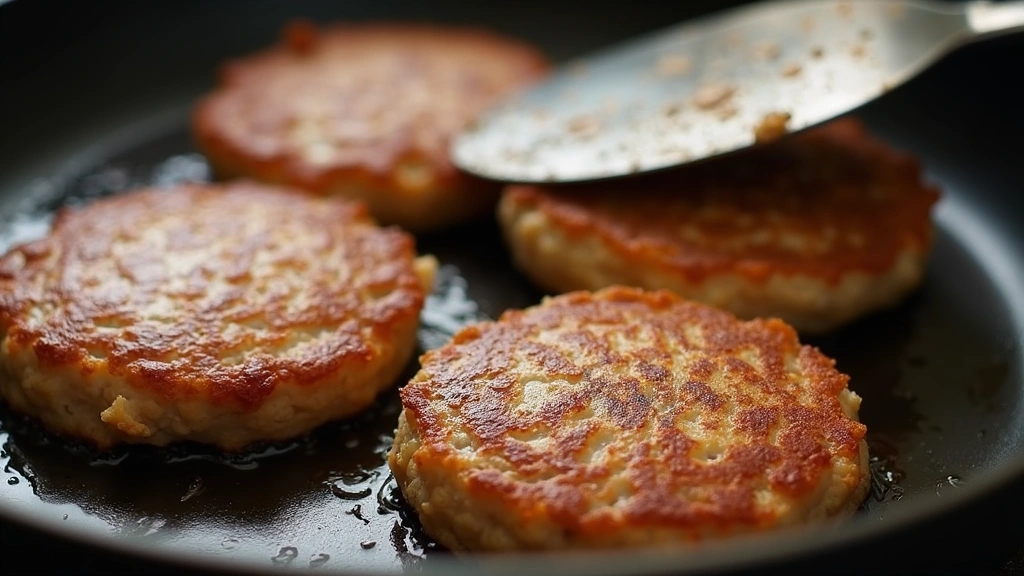
Allow the patties to cook for 2-3 minutes on the first side.
Look for the edges to turn brown and crispy.
Flip the patties using the spatula.
Cook for an additional 1-2 minutes on the other side.
Step 6: Add Cheese
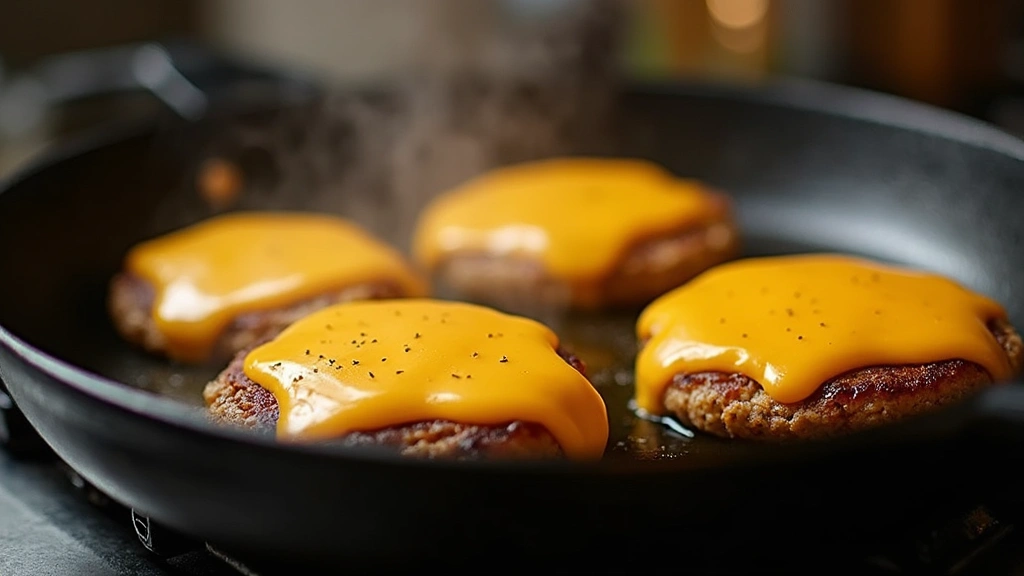
Place a slice of cheddar cheese on each patty immediately after flipping.
Allow the cheese to melt over the patty as it finishes cooking.
Cover the skillet briefly to speed up melting.
This step adds creaminess to the burger.
Step 7: Toast the Buns
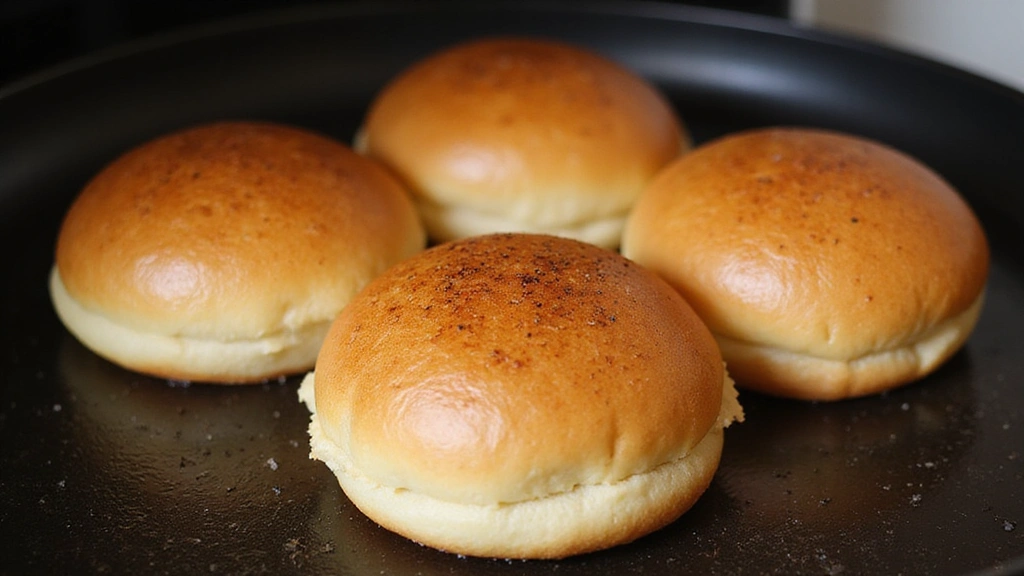
While patties cook, lightly toast the burger buns.
Place them on a separate pan or directly on the grill.
Toast until golden brown for added texture.
This step prevents soggy buns.
Step 8: Assemble the Burgers
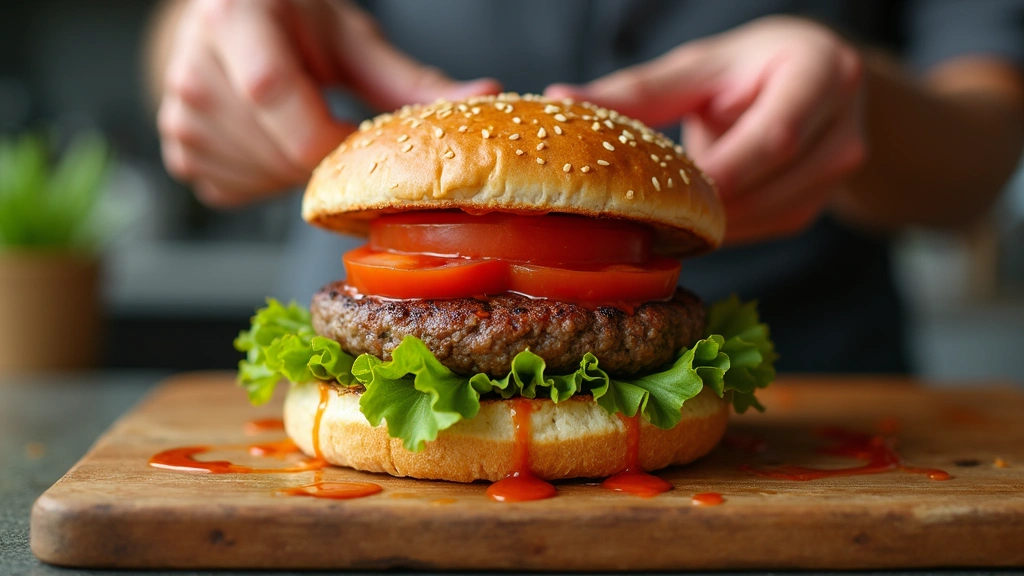
Place a spoonful of sauce on the bottom bun.
Add the lettuce and tomato slices.
Top with the cheesy patty.
Finish with the top bun and serve immediately.
Critical Timing and Temperature Guide
Searing the Patties: Cook patties at high heat for 2-3 minutes on the first side and 1-2 minutes on the second side. Look for browning around the edges. Avoid overcooking to prevent dryness.
Melting the Cheese: Add cheese immediately after flipping the patty. Cover briefly to ensure even melting without overheating the patty.
Toasting the Buns: Toast at medium-high heat until golden brown. Watch closely to avoid burning. Proper toasting prevents sogginess.
Pro Tips for Skip the Drive-Thru:
• Ingredient Selection: Choose high-quality ground beef with an 80/20 meat-to-fat ratio for the juiciest patties.
• Preparation Secret: Avoid overworking the beef when shaping patties to maintain a tender texture.
• Temperature Management: Ensure the skillet is fully preheated to achieve the perfect sear.
• Texture Enhancement: Use a heavy spatula to press the patties thin, ensuring crispy edges.
• Flavor Layering: Build flavors with the sauce and toppings, balancing each component for the best taste.
• Make-Ahead Strategies: Prepare the sauce and toppings in advance, storing them in the fridge until ready to use.
• Restaurant-Quality Finishing Touches: Use fresh herbs like chives or dill in the sauce for a gourmet touch.
• Equipment Optimization: If lacking a cast iron skillet, use a heavy-bottomed stainless steel pan for even heat distribution.
Troubleshooting Common Issues
• Texture Too Dense: Overworking the beef leads to dense patties. Shape gently and avoid compressing too much.
• Flavors Unbalanced: If flavors clash, adjust the sauce ingredients to your taste preference for harmony.
• Patties Sticking: Ensure the skillet is hot enough before adding patties to prevent sticking.
• Cheese Not Melting: Cover the skillet briefly after adding cheese to help it melt evenly.
• Buns Too Soggy: Ensure buns are adequately toasted to prevent them from becoming soggy from toppings.
Variations and Regional Differences
• California Style: Features fresh avocado slices and sprouts for a West Coast twist, adding creaminess and crunch.
• Southwest Style: Incorporates jalapeños and pepper jack cheese for a spicy kick, reflecting Tex-Mex influences.
• Classic American: Sticks to basics with just lettuce, tomato, and American cheese, highlighting traditional flavors.
• Barbecue Style: Adds barbecue sauce and crispy onion rings for a smoky, tangy flavor profile.
Food Science Behind the Recipe
• Maillard Reaction: This browning process occurs when the meat is seared, creating complex flavors and aromas.
• Fat Content: The 80/20 ratio in beef helps maintain juiciness and flavor, as the fat renders during cooking.
• Heat Transfer: A cast iron skillet evenly distributes heat, ensuring a consistent sear across the patty.
Frequently Asked Questions
What's the most common mistake people make when preparing Smash Burgers? Overworking the beef creates dense patties, so handle the meat gently.
Can I use a different type of cheese? Absolutely! Experiment with cheeses like Swiss or Gouda for different flavor profiles.
How do I prevent the patties from sticking to the skillet? Ensure the skillet is adequately preheated before placing the beef.
What's the best way to store leftover burgers? Store components separately in the fridge and reassemble after reheating the patties.
Can I make the sauce spicier? Add a dash of hot sauce or cayenne pepper to the sauce for extra heat.
Why is my cheese not melting properly? Cover the skillet for a few seconds after adding the cheese to help it melt evenly.
How can I make the burgers healthier? Use leaner beef or turkey and whole-grain buns to reduce fat and increase fiber.
Serving and Presentation Guide
• Traditional Presentation: Serve on a wooden board with a side of crispy fries for a classic look.
• Modern Casual: Present on a slate plate with a small ramekin of dipping sauce for a contemporary feel.
• Upscale Dining: Serve open-faced with a side salad and a sprinkle of fresh herbs for a gourmet touch.
• Family Style: Place all components on a large platter for a build-your-own burger bar, encouraging interaction.
Conclusion
Embark on a culinary journey with this homemade Smash Burger recipe that rivals any fast-food option.
With its crispy, juicy patties and customizable toppings, it promises an experience that’s both satisfying and fun.
Try it out today and discover why staying in can be just as exciting as heading out to your favorite burger joint.

